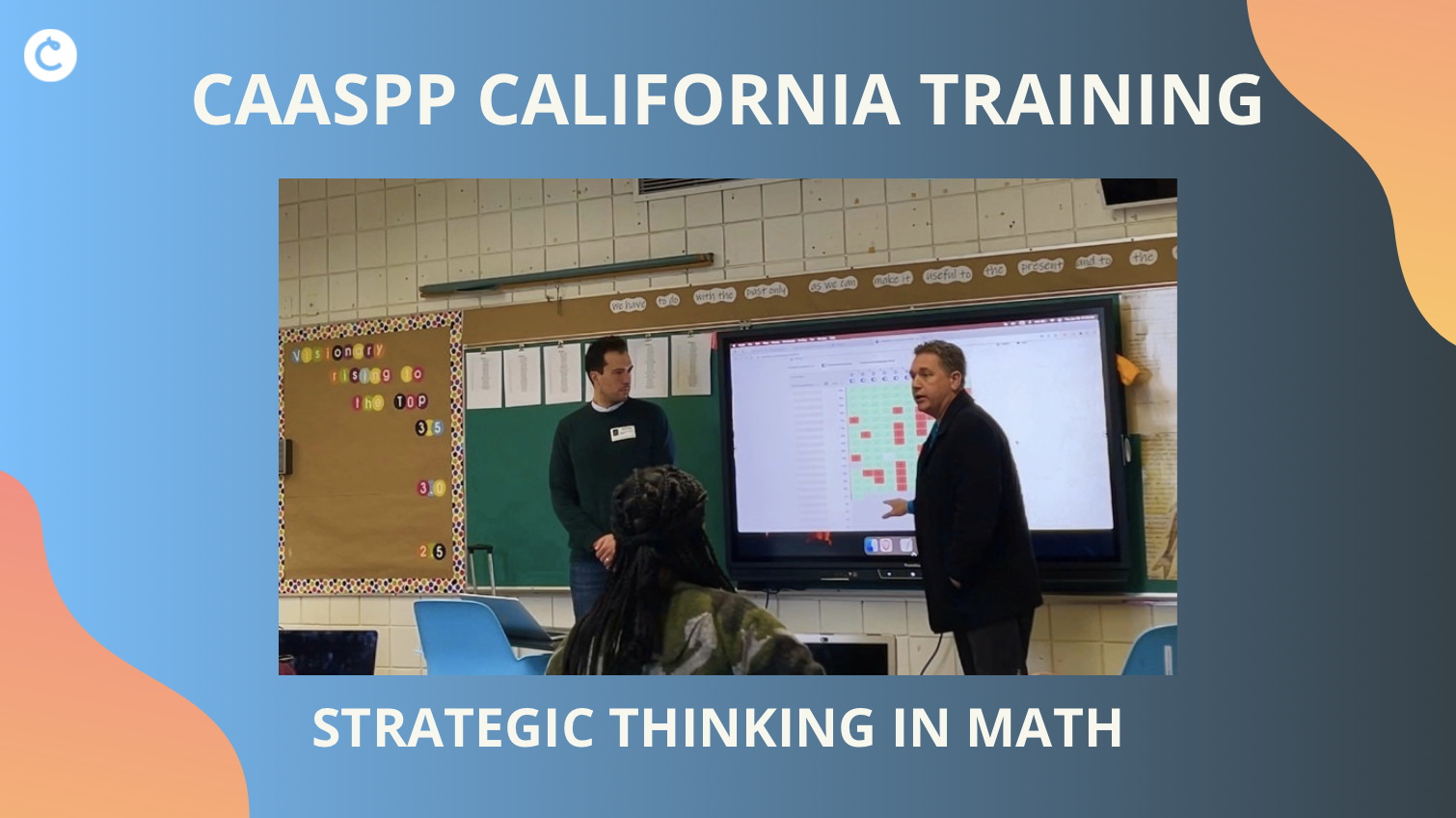CAASPP California Professional Development
The CAASPP presents more complex challenges for students and educators compared to the previous California Standards Test (CST). To help students succeed, teachers need to identify and articulate the Strategic Thinking skills required in each CAASPP Math question and ensure they are preparing students for all 4 ELA claims. In this article, we explore what makes the CAASPP assessment so challenging and how we prepare educators to address these obstacles.
CAASPP Math and ELA Challenges in California
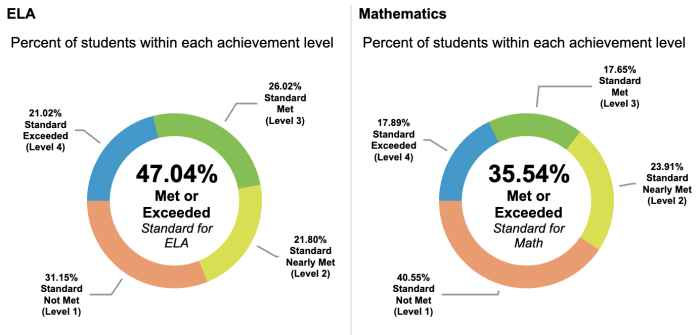
CAASPP Math scores on the CAASPP have remained stagnant across California. On the CST, 55% of students met or exceeded standards, with performance steadily improving over a decade. In contrast, only 34% of students now meet or exceed CAASPP standards, and growth has stalled.
One reason for this is the added cognitive stressors of the CAASPP. Beyond content knowledge, students must navigate advanced tech and higher levels of Strategic Thinking, increasing the likelihood of simple mistakes. For instance, Situational Analysis questions require students to assess multiple situations and choose several correct answers. Claims-based questions ask students to analyze claims and either support or refute them. These skills can be challenging, as many students have little experience with these types of thinking.

Without training to handle these cognitive stressors, students can become frustrated and disengaged, even when they know the content. This can be equally frustrating for educators, who see students struggle with demonstrating their knowledge of complex problems. This is why CAASPP practice and familiarizing students with the types of thinking they will encounter on the CAASPP is crucial.
CAASPP ELA scores have also remained relatively stagnant. One reason for this is that many students find the cold read portion of the CAASPP especially challenging, as they’re expected to analyze and respond to a passage independently—without the usual teacher guidance or class discussions. This can create stress and uncertainty on test day. In addition to cold reading, students often don’t get enough practice across all four CAASPP ELA claims: Reading, Writing, Speaking/Listening, and Research. Traditional curriculums may emphasize certain skills while overlooking others, leaving students unprepared for the variety of tasks they’ll face on the exam.
Tackling CAASPP Math and ELA Cognitive Stressors
Our training helps teachers address the key CAASPP stressors in both Math and ELA, ensuring students can demonstrate their content knowledge on challenging questions.
For Math, we focus on three main strategies for improving CAASPP scores:
- Identifying why students struggle
- Maximizing the impact of existing math curriculum
- Building on successes of previous grade levels
When CAASPP results come in, educators often assume students need more content review. However, the real issue is often a lack of exposure to Strategic Thinking, not content mastery. To help, we’ve developed question sets that give teachers immediate data on whether students are struggling with content, tech, or strategy.
Teachers can then use this data to adjust the existing math curriculum, targeting the Strategic Thinking skills their students find most difficult. It’s also crucial that students build on their previous learning, which is why our training starts as early as kindergarten.
For ELA we focus on the following pillars for improvement:
- Addressing the CAASPP cold read stressor
- Preparing for all CAASPP ELA claims
- Pinpointing ELA targets that need support
Classtime offers CAASPP-aligned cold reads that closely mimic the test experience, using authentic question stems that are pulled directly from the Smarter Balanced Task Models. These were designed to help students build confidence and develop the skills needed to navigate unfamiliar texts on their own. Classtime’s reading comprehension activities and performance tasks are designed to provide well-rounded preparation, ensuring students have the experience and strategies needed to succeed in every section of the CAASPP.
CAASPP California Training: Ontario-Montclair
In our kickoff training at Ontario-Montclair School District, we introduced the 16 types of Strategic Thinking found on the CAASPP, such as Visual and Situational Analysis, Graphing and Item Interaction, and Recognizing Operations.
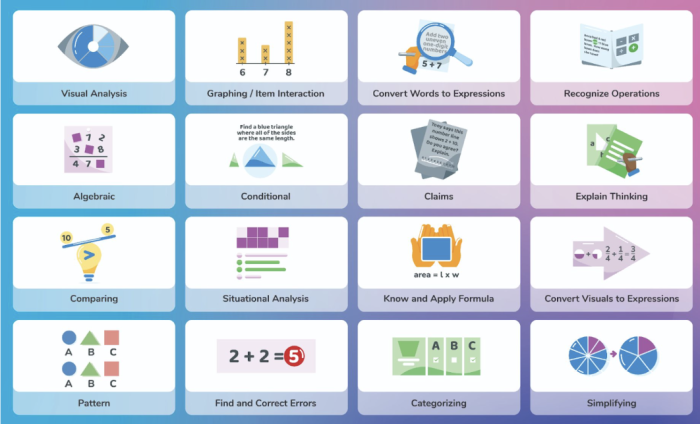
We then reviewed actual CAASPP-released questions, breaking them down by content, tech type, and required Strategic Thinking. Here’s an example of the process:
What Strategic Thinking does this question require?
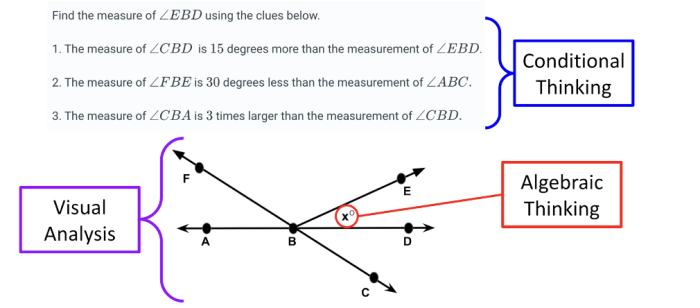
Using Classtime, we help teachers pinpoint why students struggle with specific questions and modify resources to strengthen the thinking skills students need most.
In many cases, students understand the content but aren’t familiar with the tech or Strategic Thinking required. When CAASPP results come in, educators often assume students need more content review. However, the real issue is often a lack of exposure to Strategic Thinking, not content mastery.
The CAASPP is a challenging exam, but our goal is to equip teachers, students, and administrators with the right tools to tackle it effectively.
We help California districts drive significant CAASPP score improvements by focusing on Strategic Thinking in Math and ELA. Our approach is designed to move Level 2 and 3 students to proficiency by strengthening the strategic thinking skills essential to drive real, measurable gains in ELA and Math proficiency.
This has resulted in increases of Δ +20% CAASPP improvements within the first year of implementation:
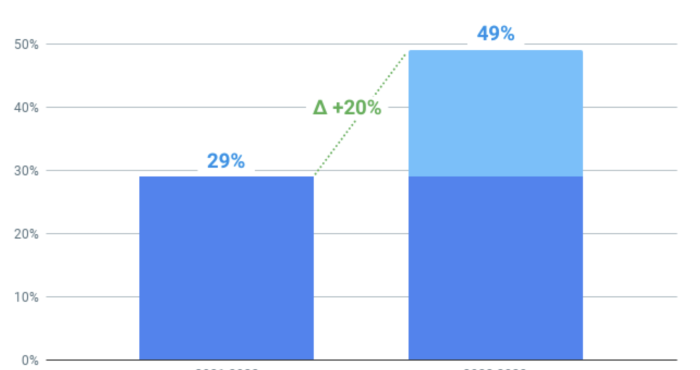
We are proud to be working on Strategic Thinking in Math and ELA with forward-thinking educators at:

We are a local team that is personally committed to education in California. We’d be excited to connect for a 15-minute consultation for your school or district!


